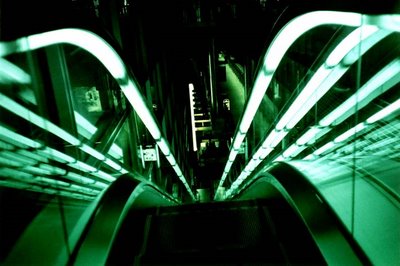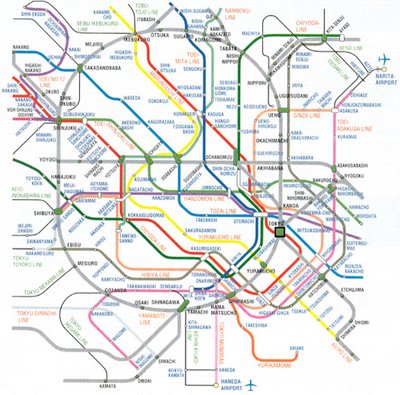 [Image: Photo by Brian Harkin for The New York Times].
[Image: Photo by Brian Harkin for The New York Times].
There is clearly a machines-and-robots theme on the blog this morning. I was fascinated last week to read that New York will soon have “its own subterranean wonder: a 200-ton mechanical serpent’s head” buried “14 stories beneath the well-tended sidewalks of Park Avenue.” In other words, a “gargantuan drill that has been hollowing out tunnels for a train station under Grand Central Terminal” will soon become a permanent part of the city, locked forever in the region’s bedrock. It will be left underground—”entombed” in the words of Michael Grynbaum, writing for the New York Times— lying “dormant and decayed, within the rocky depths of Midtown Manhattan.”
The machine’s actual burial is like a Rachel Whiteread installation gone wrong: “In an official ceremony this week, the cutter will be sealed off by a concrete wall; the chamber will then be filled with concrete, encasing the cutter in a solid cast, Han Solo-style, so that it can serve as a support structure for the tunnel. A plaque will commemorate the site.”
“It’s like a Jules Verne story,” the head of construction for NY’s Metropolitan Transportation Authority endearingly remarked. And the machine itself is an alien wonder:
A recent visit to the cutter’s future crypt revealed a machine that evokes an alien life form that crashed to earth a millennia ago. Its steel gears, bolts and pistons, already oxidizing, appeared lifeless and fatigued. A wormlike fan, its exhaust pipe disappearing into the cutter’s maw, was still spinning, its drone not unlike a slumbering creature’s breath.
I’m tempted to write a short story about a cult of Aleister Crowley-obsessed tower dwellers on the Lower East Side, in the year 2025 A.D., intent on resurrecting this mechanical worm, like something out of Dune, goading it to re-arise, pharaonic and possessed, into the polluted summer air of the city. Grinding and belching its way to dark triumph amidst the buildings, now shattered, that once weighed it down, it is Gotham’s Conqueror Worm.
 [Image: Promotional poster for the otherwise unrelated film Conqueror Worm, aka Witchfinder General].
[Image: Promotional poster for the otherwise unrelated film Conqueror Worm, aka Witchfinder General].
But that would be to rewrite something that, to some extent, already exists. In Jonathan Lethem’s recent novel Chronic City, a tunneling machine goes “a little out of control” beneath the surface of New York, resurfacing at night to wreak havoc amongst the boroughs. From the book:
“I guess the thing got lonely—”
“That’s why it destroys bodegas?” asked Perkus.
“At night sometimes it comes up from underneath and sort of, you know, ravages around.”
“You can’t stop it?” I asked.
“Sure, we could stop it, Chase, it we wanted to. But this city’s been waiting for a Second Avenue subway line for a long time, I’m sure you know. The thing’s mostly doing a good job with the tunnel, so they’ve been stalling, and I guess trying to negotiate to keep it underground. The degree of damage is really exaggerated.”
And soon the machine—known as the “tiger”—is spotted rooting around the city, sliding out of the subterranean topologies it helps create, weaving above and below, an autonomous underground object on the loose.
In any case, the entombed drill will presumably outlast the city it sleeps beneath; indeed, if it is ever seen again, it will be a much more geological resurrection. As Alex Trevi of Pruned suggested over email, the machine will be “left there, perhaps forever, and will only surface when NYC rises up in a new mountain range and starts eroding.”
(Thanks to Jessica Young for the reminder about Lethem’s tiger).

 [Image: From the
[Image: From the 